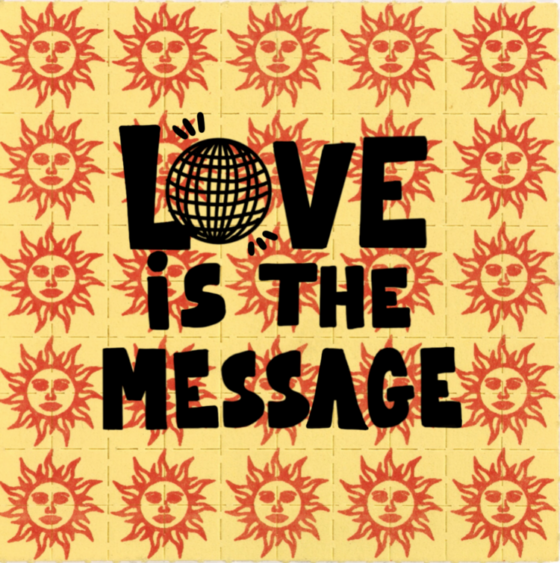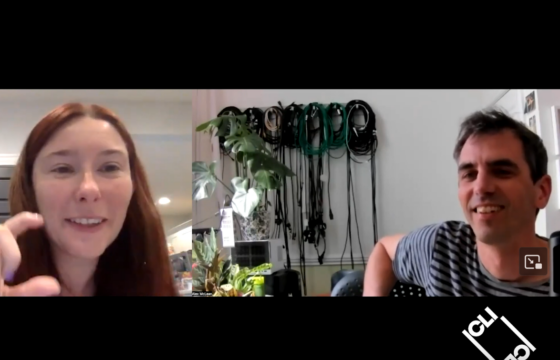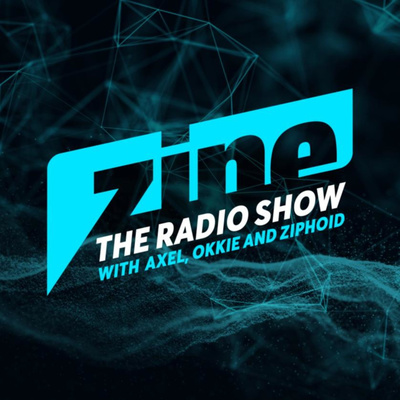I’ve been rewriting Tidal again for a while but resisting actually using it, mostly out of a weird sense of … More
Author: Alex McLean
How to start a movement / love is the message
I’ve been thinking a bit about leadership over the past year or so, especially since being awarded a ‘future leader … More
Performing openness in academic publishing
I was unsure about writing this blog post, but today I was turned away from signing up for the openly-advertised … More
Live Coding: A User’s Manual
“Live Coding: A User’s Manual is the first comprehensive introduction to the practice and a broader cultural commentary on the … More
Talk abstract: Pattern and groove in live coding
I’m happy to have a talk accepted for the first groove workshop happening in Jan 2023, “an online meeting seeking … More
Interview with Benjamin Tassie
Here’s a nice interview I did with lovely fellow Sheffield-resident Benjamin Tassie, for his Future Classical show on Resonance FM. … More
Chat with Kate Sicchio about Algorithms, Patterns, Robots and Errors
Kate Sicchio and I had a nice chat about our interest in patterns as part of this year’s International Conference … More
Appearance on ZINE podcast
I had a great time chatting to Axel, Okkie and Ziphoid for the ZINE podcast, which is all about the … More
Making robots with AX-12A servos
I’ve been getting my head around Robotis AX-12A servos, and am so far at the stage where I can control … More
The future of research events?
(partly developed thoughts follow that I’ll probably edit a lot..) I’ve been scratching my head over organising modern events over … More




